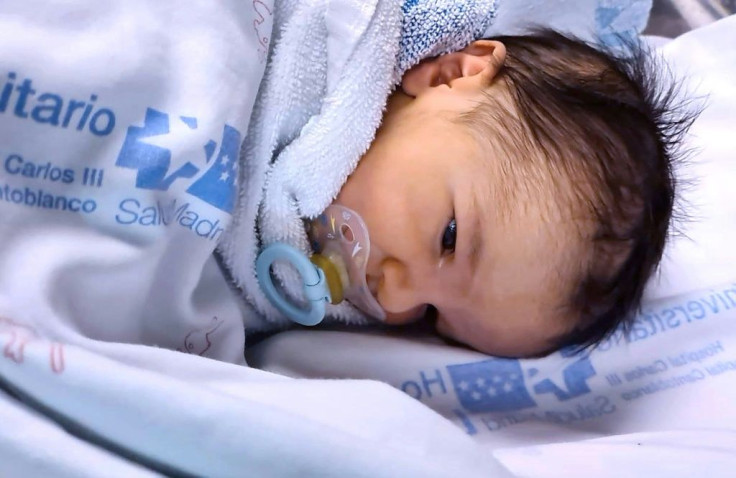CDC's Recommendation To Separate COVID-19 Positive Mothers From Their Infants Is Baseless, Health Experts Say

Per the Centers for Disease Control and Prevention (CDC)’s new guidelines, healthcare facilities are instructed to separate the mother who has confirmed COVID-19 from the newborn in order to reduce the risk of transmission of the virus. However, some clinicians and patients alike are uneasy about the same.
"To reduce the risk of transmission of the virus that causes COVID-19 from the mother to the newborn, facilities should consider temporarily separating (eg, separate rooms) the mother who has confirmed COVID-19 or is a PUI [person under investigation] from her baby until the mother's transmission-based precautions are discontinued," the CDC recommendations stated.
Some health experts opined that this guideline to separate the mother and her newborn isn’t supported by evidence and could cause them lasting harm.
"The evidence that has come out of early infections in China demonstrate that the risk of vertical transmission from mother to newborn is very low and the coronavirus has not been detected in human breast milk," Medscape Medical News quoted Sue Kehl, MSN, RN, CCRN, executive director of inpatient acute nursing at Santa Clara Valley Medical Center in California.
Since the newborn child would have been exposed to the coronaviruses during birth, the CDC recommended that hospitals should consider shifting the infant to a separate isolation room until he or she is no longer considered a person under investigation (PUI).
Here’s what the experts argue against separating the mother and the infant:
- Newborns should be breastfed frequently to be benefitted as well as to establish breastfeeding habits.
- The breast milk is enriched with antibodies and it is important that a newborn is breastfed and this is not the time to risk newborns being artificially fed.
- Maternal-infant bonding via performing skin-to-skin and early breastfeeding initiation is very important and these benefits outweigh the risk of infection.
- Infection exposure can be reduced with proper hand hygiene and maternal masking.
- The WHO recommendations and guidelines are more practical and it allows and supports breastfeeding. It allows ‘more close, intimate contact’ since it recognizes that it might be feasible to separate a newborn from his/her mother in a hospital but once the baby goes home, he/she can be exposed.
However, even though the CDC explains that its approach is to be cautious and prevent person-to-person transmission, it does leave the ultimate choice with the mother, allowing her to opt to room with her infant, even if she is COVID-19 positive.
© Copyright IBTimes 2024. All rights reserved.






















